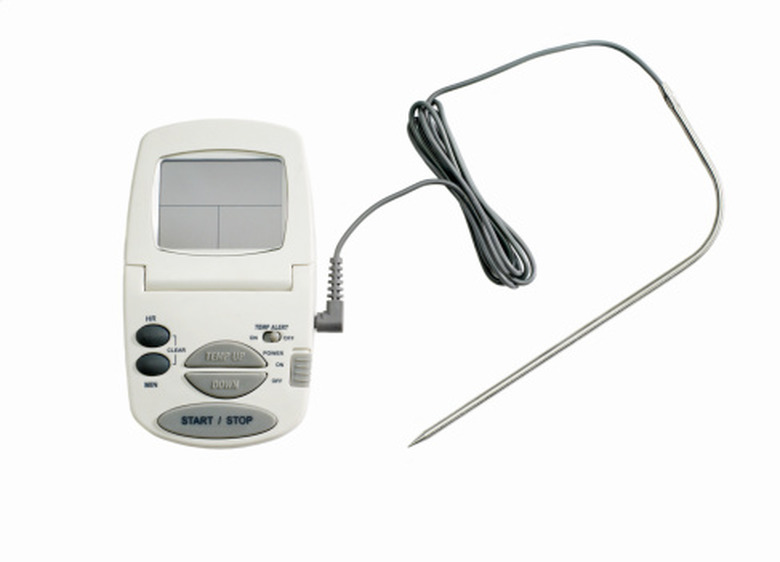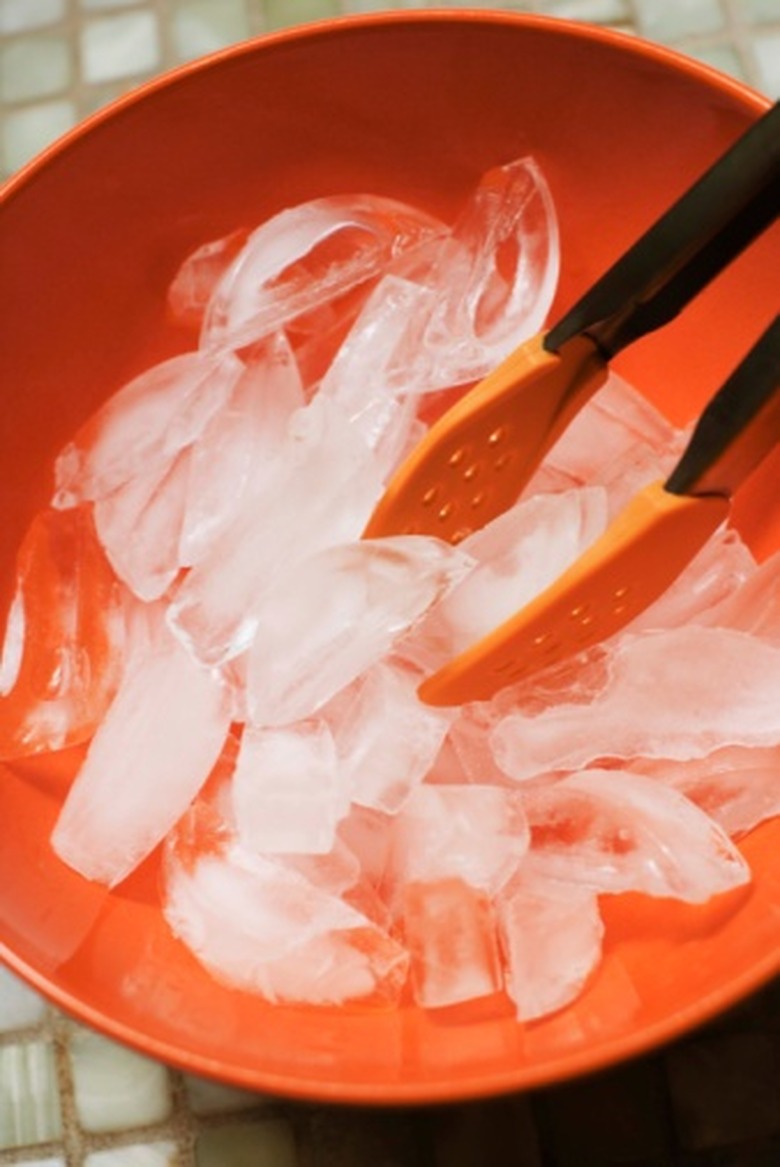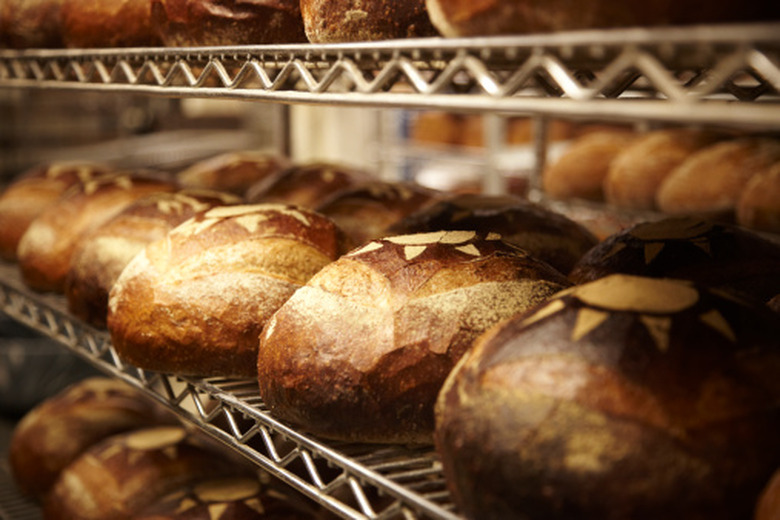Endothermic Science Projects
One of the major topics in early science classes is energy. In this lesson students learn about endothermic and exothermic reactions and are often asked to demonstrate what these terms mean through an experiment. Endothermic means an experiment requires energy to proceed, but students need to demonstrate this principle safely.
Using Citric Acid and Baking Soda
Using Citric Acid and Baking Soda
Fill a Styrofoam cup about one-fourth full of citric acid and find the temperature of this initial solution with a thermometer. Stir in a small amount of baking soda and watch as the temperature of the thermometer changes. Add in more baking soda slowly to watch the temperature continue to change. The temperature should become lower and return to room temperature once the reaction is complete.
Melt Ice
Melt Ice
Hold a piece of ice in your hand and observe how it melts while still feeling cold. Place a new piece of ice in a freezer for an hour and check on it. The ice in your hand melts because your hands are warm and provide thermal energy, but the ice in the freezer does not melt because it is too cold to provide enough thermal energy.
Baking
Baking
Prepare a cake, bread, brownie or muffin recipe as you would normally. Watch as the dough rises once it is in the oven. This is an endothermic process because the food absorbs heat in order to finish its "reaction" — or baking.
Feel the Cold with Epsom Salt
Feel the Cold with Epsom Salt
Fill a cup with lukewarm water and insert a thermometer. Note the temperature. Stir in a tablespoon of Epsom salt and take the temperature again. Watch as the temperature continues to change for a few minutes. Feel the cup as well to see how cold it gets. This is endothermic because the water's heat energy is used to split apart ions in the Epsom salt.
Cite This Article
MLA
Roberts, Christine. "Endothermic Science Projects" sciencing.com, https://www.sciencing.com/endothermic-science-projects-8314910/. 24 April 2017.
APA
Roberts, Christine. (2017, April 24). Endothermic Science Projects. sciencing.com. Retrieved from https://www.sciencing.com/endothermic-science-projects-8314910/
Chicago
Roberts, Christine. Endothermic Science Projects last modified August 30, 2022. https://www.sciencing.com/endothermic-science-projects-8314910/




